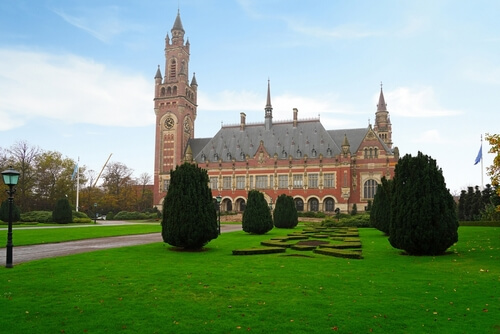International disputes are inevitable, but what sets nations and organizations apart is how they resolve them. The International Court of Justice (ICJ) and the Permanent Court of Arbitration (PCA) are two of the most prominent entities responsible for settling international disputes. Both organizations have been in existence for over a century and have contributed immensely to the promotion of peace and the resolution of conflicts worldwide.
In this blog post, we will give a comprehensive comparison of the International Court of Justice and the Permanent Court of Arbitration. We will highlight their similarities, differences, and their individual approaches to dispute resolution. For more information about the permanent court of arbitration, please visit Home | PCA-CPA.
Origin and Establishment
The International Court of Justice was established on April 18, 1946, following the formation of the United Nations. The ICJ is the principal judicial organ of the United Nations, with the aim of settling legal disputes between states and advisory matters referred to it by the UN or other authorized bodies.
The Permanent Court of Arbitration, on the other hand, was established in 1899 under The Hague Convention on the Pacific Settlement of International Disputes. The PCA is an intergovernmental organization with the objective of resolving disputes between states and international organizations.
Comparison of ICJ and Permanent Court of Arbitration
The International Court of Justice has 15 judges elected by the UN General Assembly and the Security Council. The judges serve a term of nine years, and their tenure is renewable. The PCA has no fixed membership but relies on the services of independent arbitrators selected by the parties to a dispute.
Jurisdiction
The ICJ has jurisdiction over disputes between states that accept its jurisdiction and disputes referred to by the United Nations Security Council. It also has advisory jurisdiction, which means it can provide legal opinions to the UN General Assembly and specialized agencies.
On the other hand, the PCA has jurisdiction over disputes between states that have agreed to its jurisdiction and conflicts between states and international organizations. The PCA also assists in other arbitrations, including disputes that may arise under investment treaties or contracts.
Decision Making Process
The ICJ and PCA employ various methods to resolve disputes, including conciliation, mediation, and arbitration.
The ICJ’s decision-making process involves the judges hearing arguments from both parties, examining the evidence presented, and rendering a judgment. The judgment is binding and final.
The PCA’s decision-making process is similar, but it allows the parties to select independent arbitrators to reach a decision. Parties conduct the arbitration by the chosen arbitral rules or procedures, and the arbitral tribunal issues a final and binding award.
Relationship with the United Nations
The ICJ is a principal organ of the United Nations, and its decisions are accepted as legally binding. The PCA is an independent entity but works with the UN and other international organizations to resolve disputes.
Conclusion
The choice between the International Court of Justice and the Permanent Court of Arbitration to resolve international disputes depends on the nature, scope, and complexity of the issues involved. Both entities promote international peace, security, and cooperation through the peaceful settlement of disputes. However, the ICJ’s mandate as a principal organ of the UN gives it more authority to deal with complex issues challenging international peace and security. On the other hand, the PCA’s role is more flexible and tailored towards resolving disputes, specifically between states and international organizations. For more information about our international dispute practice, please visit Cross-Border Disputes Lawyer – Transnational Matters


